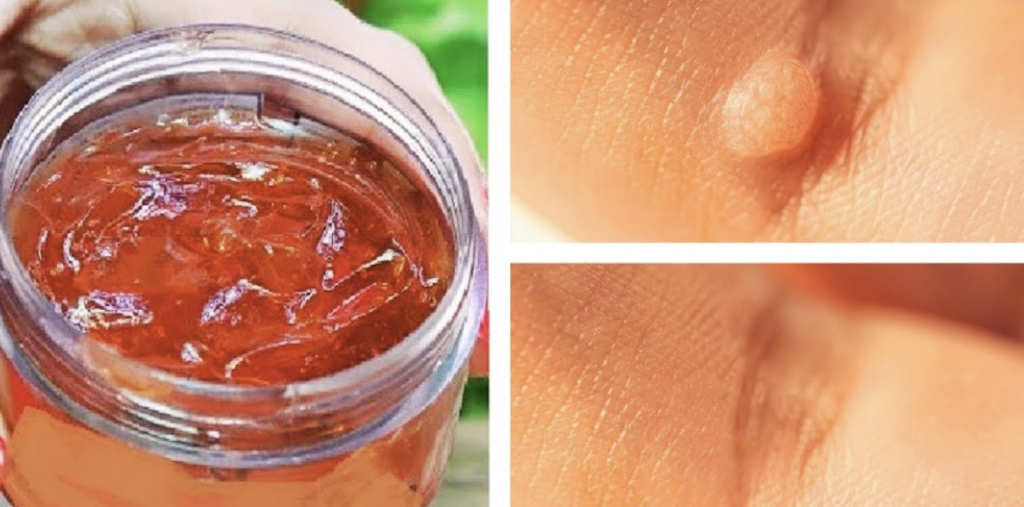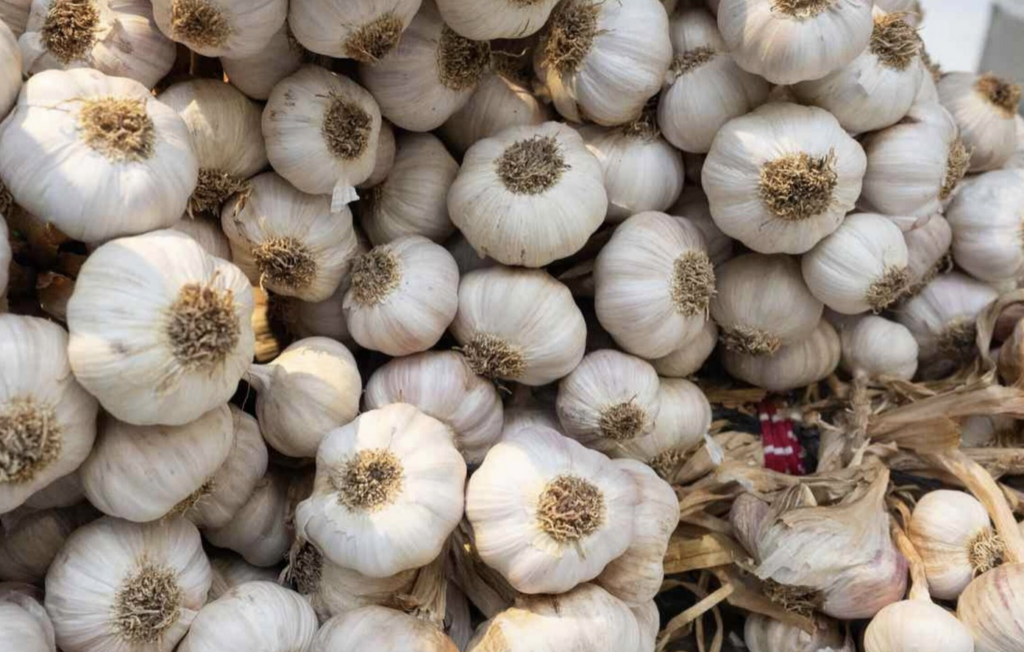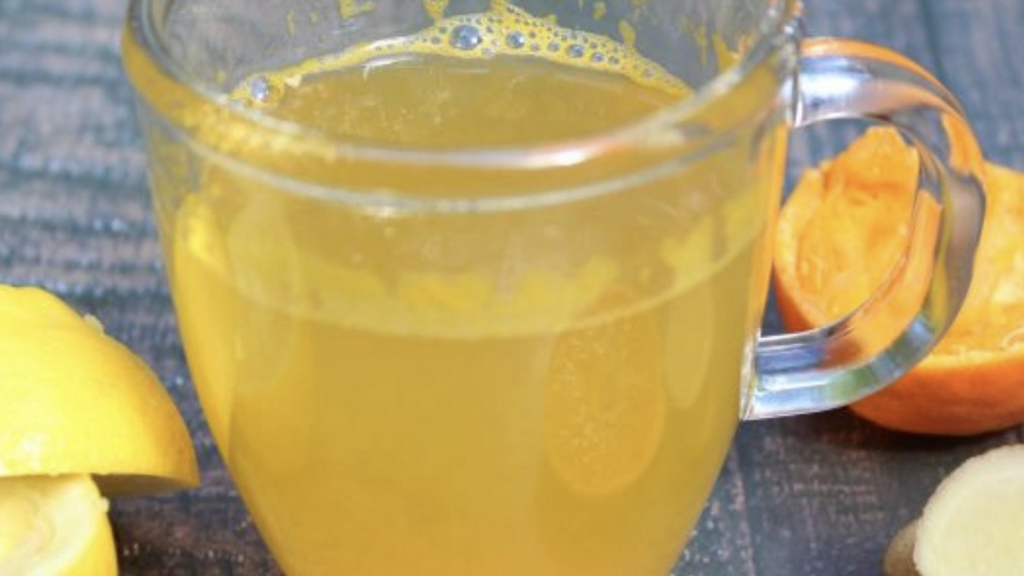Growing mango trees from cuttings in water can be a rewarding and cost-effective method if done correctly. Here’s a detailed guide to help you propagate mango trees using the water method:
Materials You’ll Need:
- Mango Cuttings: Healthy cuttings with at least two or more nodes, around 10-12 inches long.
- Sharp Knife or Pruners: For making clean cuts.
- Paper Towels or Tissue Paper: To aid in root formation.
- Container with Water: Clean and transparent.
- Fresh Water: Room temperature.
- Indirect Sunlight: Bright, indirect sunlight.
- Well-Draining Potting Mix: For transplanting rooted cuttings.
Step-by-Step Guide:
- Select and Prepare Mango Cuttings:
- Choose healthy, disease-free branches from a mature mango tree.
- Cut each branch just below a node to encourage root growth.
- Remove a small section of bark from the bottom and wrap it with damp paper towels.
- Place Cuttings in Water:
- Fill a clean container with room-temperature water.
- Submerge the prepared mango cuttings in the water, ensuring nodes are under the water.
- Change Water Regularly:
- Every few days, change the water to prevent stagnation and growth of algae.
- Provide Adequate Light and Warmth:
- Place the container in bright, indirect sunlight.
- Maintain a warm and consistent temperature.
- Wait for Roots to Develop:
- It may take weeks to months for roots to form. Be patient and monitor progress.
- Transplant Rooted Cuttings:
- Once roots are a few inches long and healthy, carefully remove cuttings from water.
- Plant each cutting in a separate pot filled with well-draining potting mix.
- Care for Transplanted Mango Trees:
- Place pots in a location with indirect sunlight.
- Water regularly, keeping soil consistently moist but not waterlogged.
- Gradually expose plants to more sunlight as they grow.
Additional Tips:
- Take multiple cuttings to increase success chances.
- Success rates can vary based on cutting health and mango variety.
- Be patient and attentive to their needs as they grow into mature, fruit-bearing trees.
By following these steps and tips, you can successfully propagate mango trees from cuttings using the water method. Enjoy the process and look forward to the growth of your mango orchard!









